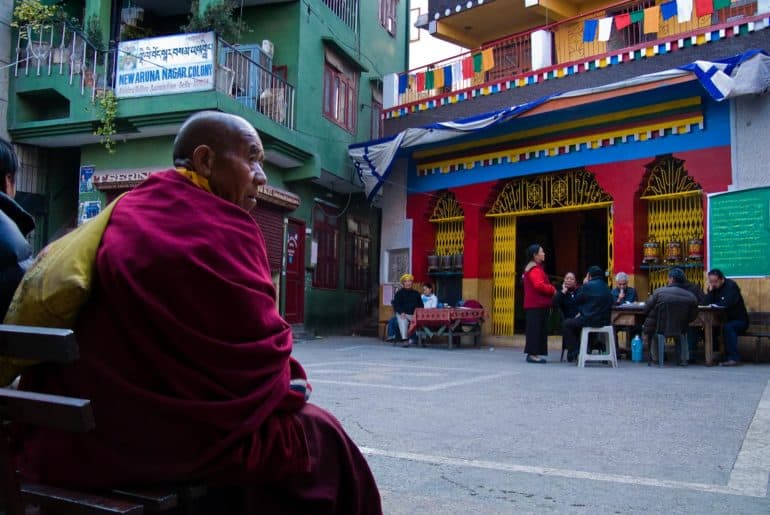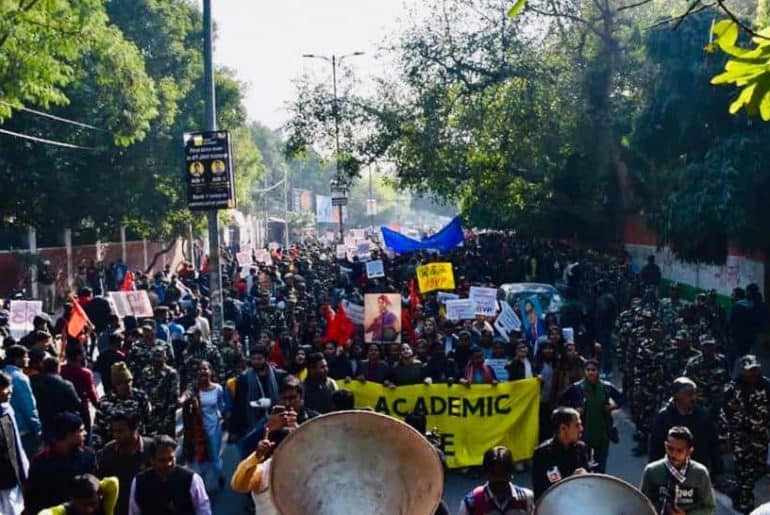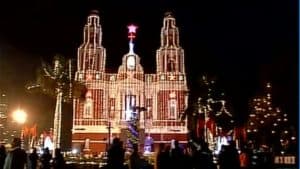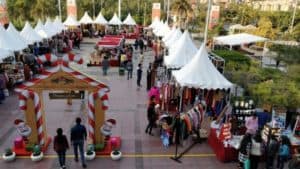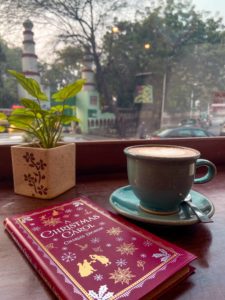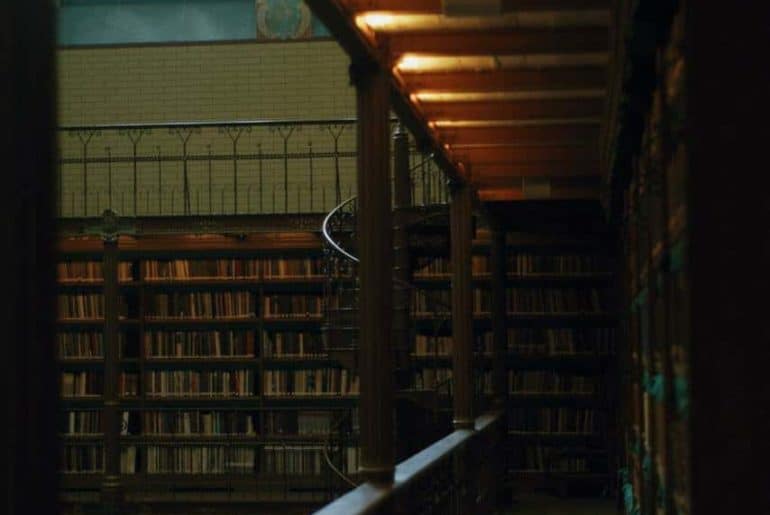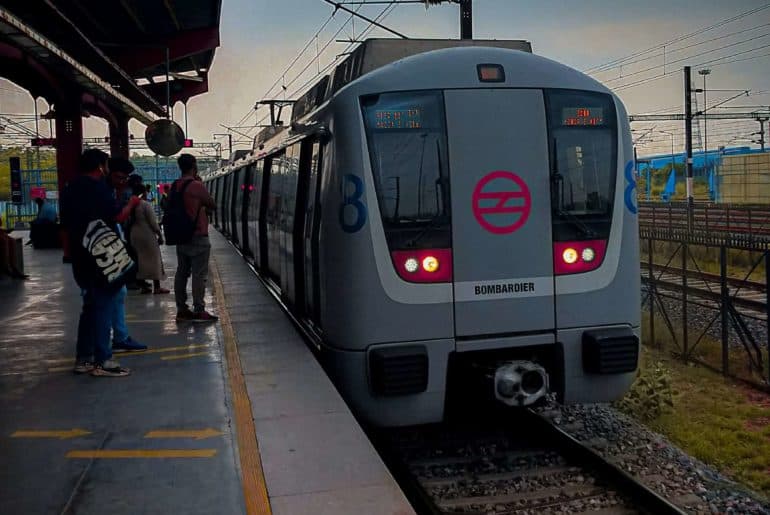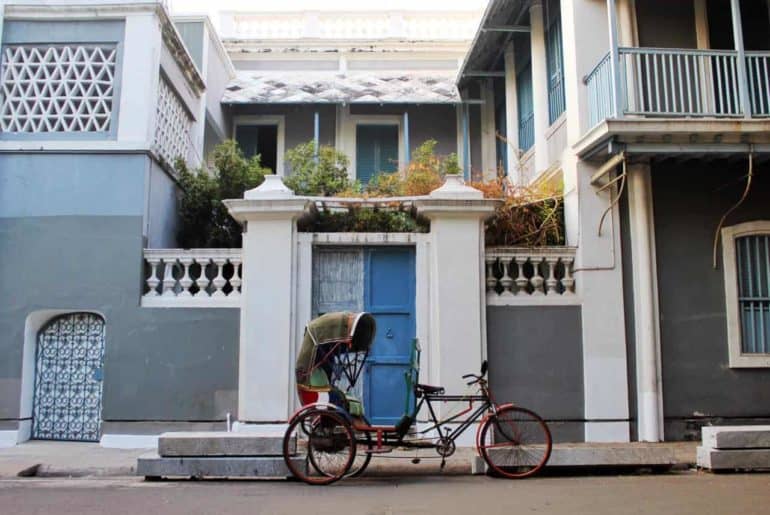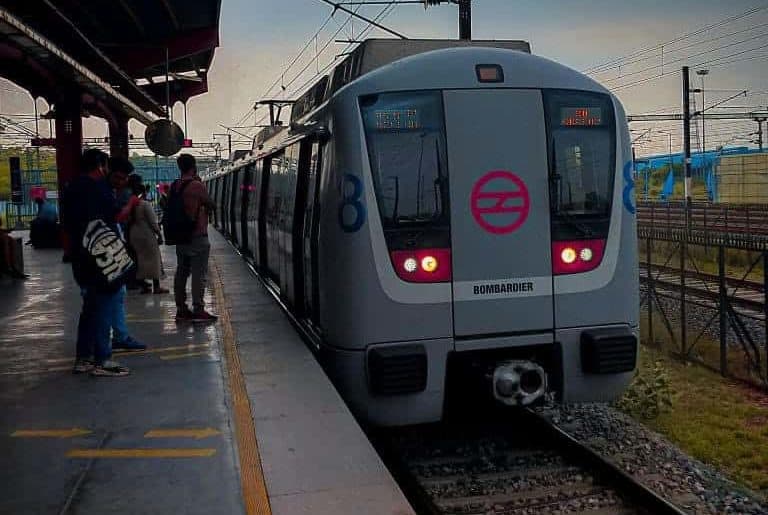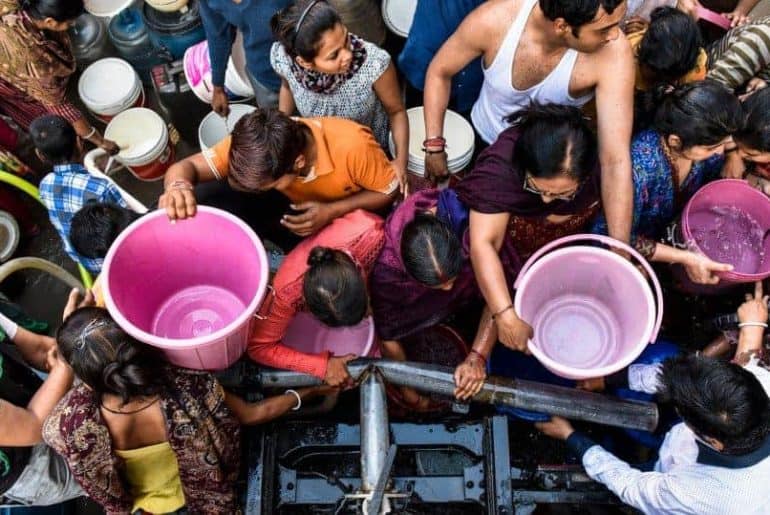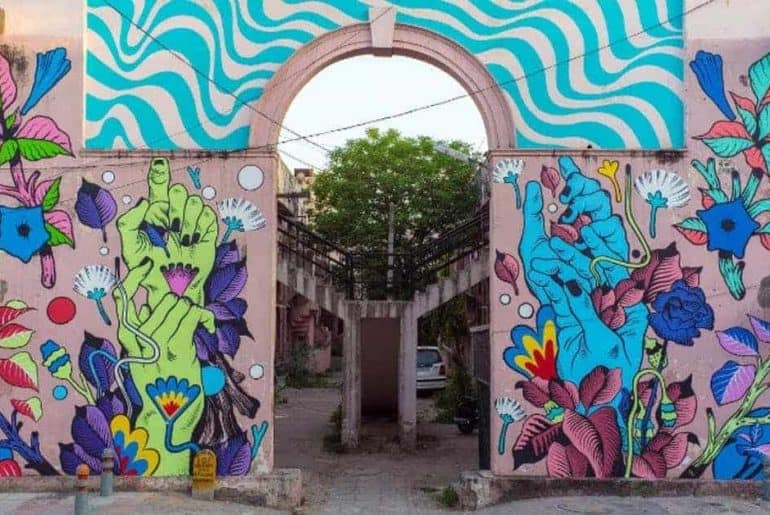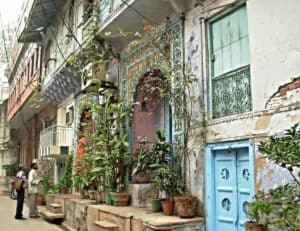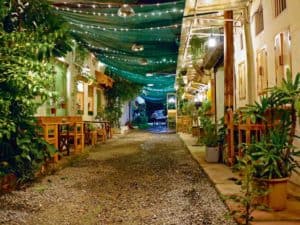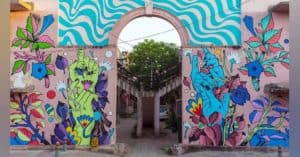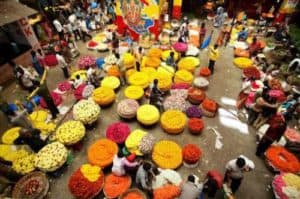Visitor’s say it’s polluted, messy and always so crowded but have you ever asked a Delhite? They would probably talk about comfort in the chaos. A million people and unspoken stories, small happenings and heartwarming feelings all reside here.
If you’re planning to take a day off from classes and go around exploring, this might just be the most authentic way to experience Dilli, a local’s tried and tested guide.
1. Start from the campus
Both North and South Campus are home to the top colleges of the city; and of course, the top eateries. The canteens of the colleges are famous for their savories, often popularized by Bollywood films. Have some chai at the hangout spots like Sudama’s Tea Stall set up on the University bylines. You can also head to seminars being held in colleges or participate in the events, specially with fest season around the corner.
Tip: Do not forget to carry your college ID card. The guards won’t listen otherwise, you know.
2. Head to Majnu ka Tilla
Majnu ka Tilla, or Aruna Nagar is a Tibetan settlement in North Delhi, known for its quaint little cafes, bakeries, boutiques and souvenir stores, it is home to multiple monasteries and a huge Tibetan market. To get there, take the yellow line metro and get off at the Vidhan Sabha metro station. A rickshaw ride later, you will find yourself in streets that smell like the coffee your body so desperately needs. The streets have pretty architecture that can add up to your Instagram aesthetics.
Tip: Talk to the locals there and not just for directions. They have great stories to tell.
3. Explore Chandni Chowk
Chaotic and unbelievably busy, Chandi Chowk in Old Delhi is often recognised as Delhi’s retail market. It is hub to a number of food places, jewelry shops and clothing items. You can also find some unique and hand-crafted stationery and accessories. Visit the Jama Masjid, Lal Mandir and Sis Ganj Sahib Gurudwara and witness the religious harmony co-exist. Grab some lunch in Paranthe wali Gali and put that tick on your checklist.
Tip: Keep notes of Rs10 and 20 handy with you and commute through e-rickshaws. Enjoy the hustle bustle of the street at its fullest.
4. Spend the evening cycling at Lodhi Colony
Started in 2016 and officially inaugurated in 2019, Lodhi Colony is India’s first public art district. The walls and bylines are adorned with beautiful art and graffiti, providing visual delight, and making the ride extremely pleasant. Rent the cycles from Jor Bagh Metro Station Gate No.1 for Rs 60 for an hour. There are theatre nearby so you can also watch a play at Indian Habitat Center or Lok Kalayan Manch.
Tip: Chauhan Ji’s chhole bhature are quite the ‘World’ famous here. Just in case you had some space left in your stomach.
5. End the day at India Gate
This place is always brimming with picnickers and vendors selling ice cream, bhelpuri, fruit chaat, soft drinks, packaged food, colourful toys and so much more. While it does seem to be pretty cliched, a night visit here must be on top of all the to-do-in-Delhi lists. Surrounded by grassy lawns, the 42 metres tall monument is brilliantly lit every evening. At a closer look you’ll find the names of brave martyrs engraved all over its surface.
Tip: Play some Rang De Basanti music, the vibe is always worth it.
Feature Image Credits: D for Delhi
Aishwaryaa Kunwar
[email protected]

